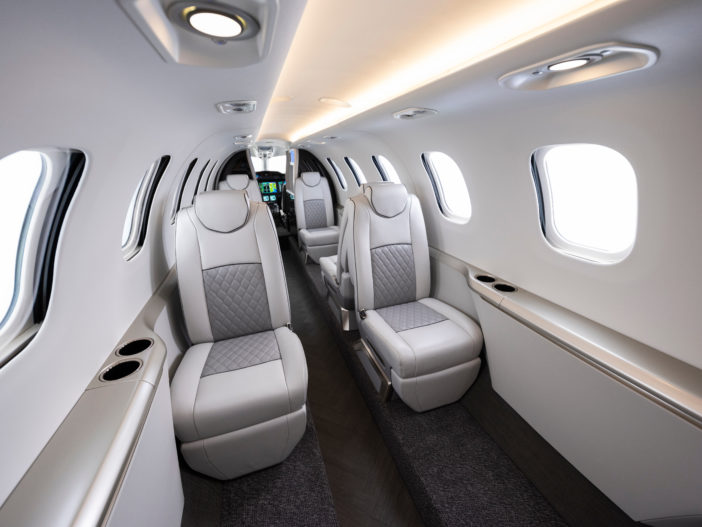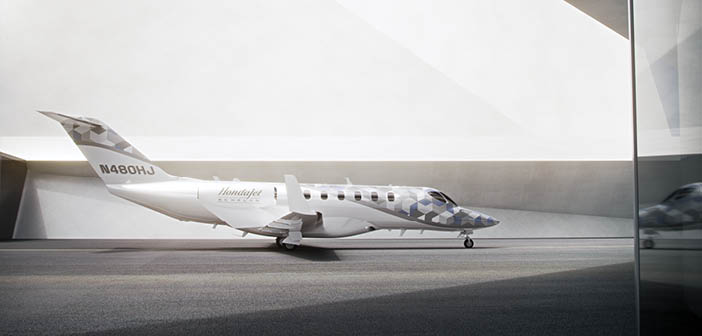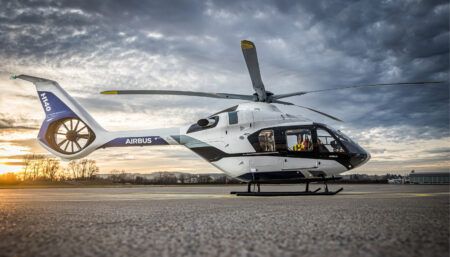Honda Aircraft Company revealed HondaJet Echelon as the official name of its new light business jet at NBAA-BACE 2023.
“The HondaJet Echelon was born to create a new category that transcends the travel experience on conventional light jets,” said Hideto Yamasaki, Honda Aircraft Company president and CEO. “Expanding mobility skyward has been Honda’s long-lasting dream, and the HondaJet Echelon marks the exciting next chapter while showcasing a classic Honda story of a product that creates new value for people.”

The HondaJet Echelon, previously introduced as the HondaJet 2600 Concept in 2021, is designed to be a single-pilot light jet capable of non-stop transcontinental flight across the USA.
Honda Aircraft Company said the aircraft is set to deliver “unmatched fuel efficiency through aerodynamic innovations to outperform conventional light jets on typical missions by up to 20% and mid-sized jets by over 40%”. As a premium addition to the HondaJet family, the HondaJet Echelon will also have a holistic focus on the cabin experience, encompassing space, comfort and productivity, the company shared.
Programme progress
Honda Aircraft Company has announced that the development of the aircraft is well underway, with several key milestones completed.
Installation of the first structural test rig was completed in Q4 2021. The official power-on ceremony for the aircraft’s Advanced Systems Integration Test Facility was held at the company’s Greensboro (North Carolina) world headquarters in August 2023. The detailed design of the aircraft is well underway, targeting an aircraft level critical design review in Summer 2024, with select long-lead fabrication already in progress.
Production of the aircraft will take place within the existing footprint of the company’s headquarters in Greensboro. Early build processes are scheduled to begin in 2024. The first flight is planned for 2026, followed by type certification anticipated in 2028.

Specifications
The aircraft will have Williams International FJ44-4C engines and Garmin G3000 avionics. The cabin configuration will be one crew and 10 passengers, or two crew and nine passengers.
Target performance specifications include an NBAA IFR range of 2,625 nautical miles (one crew and four passengers); a maximum cruise speed of 450 ktas; and a maximum cruise altitude of FL470.




